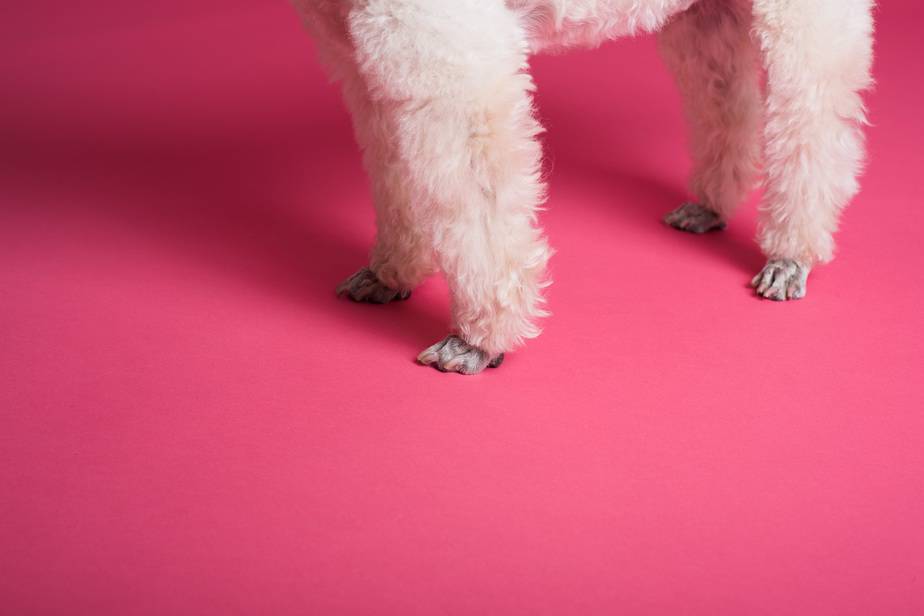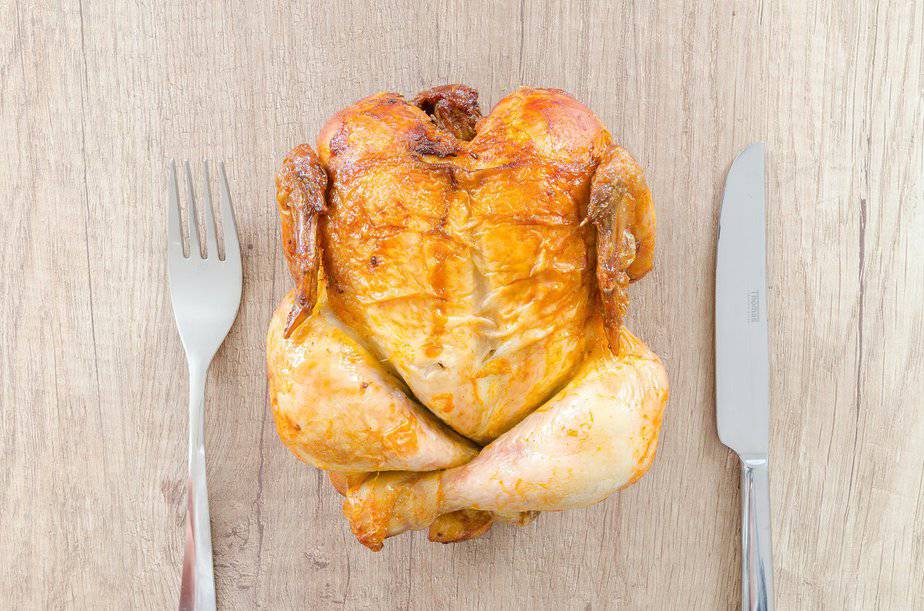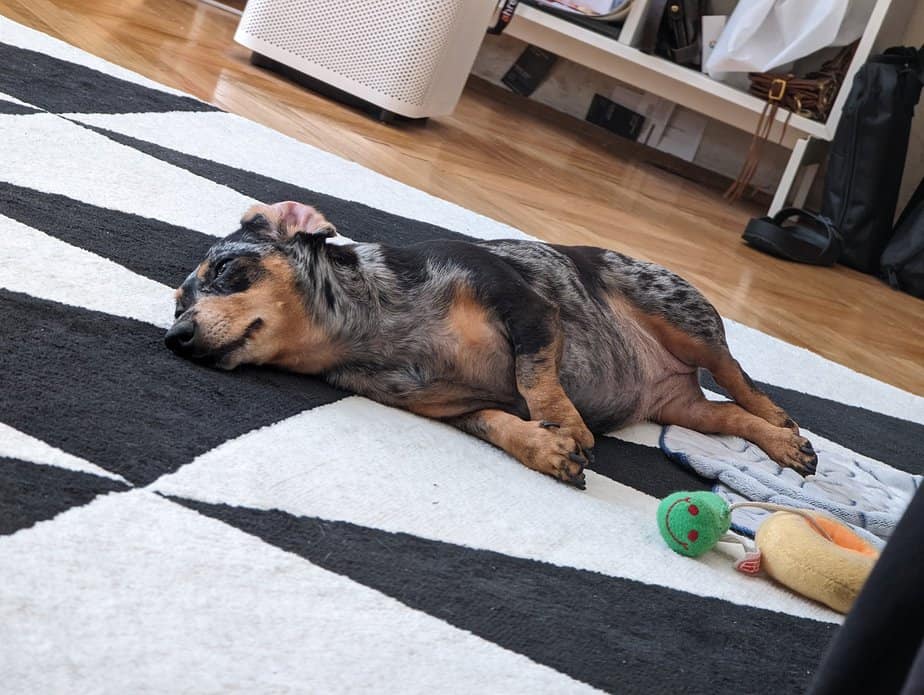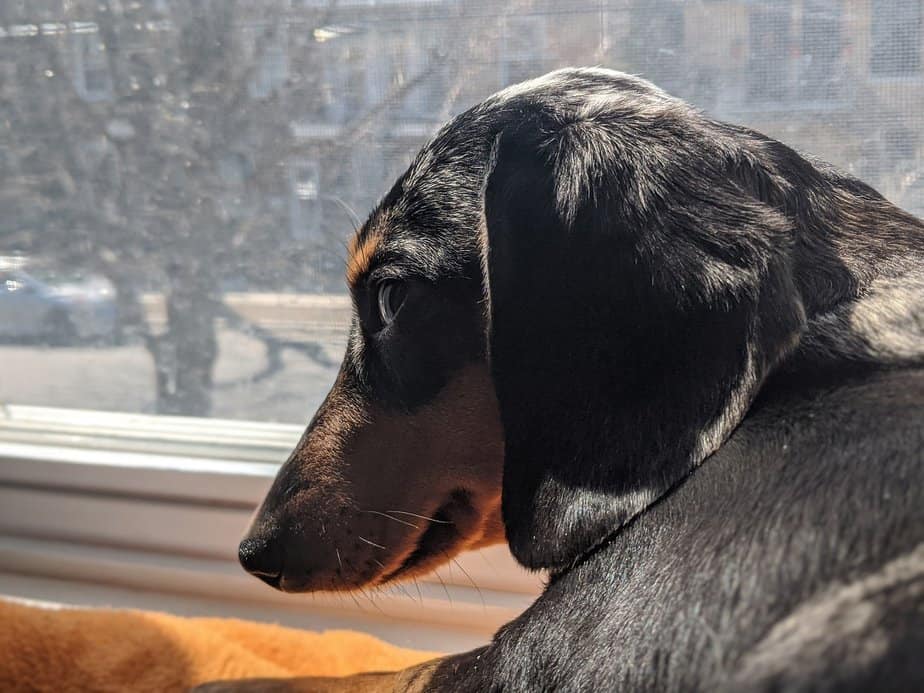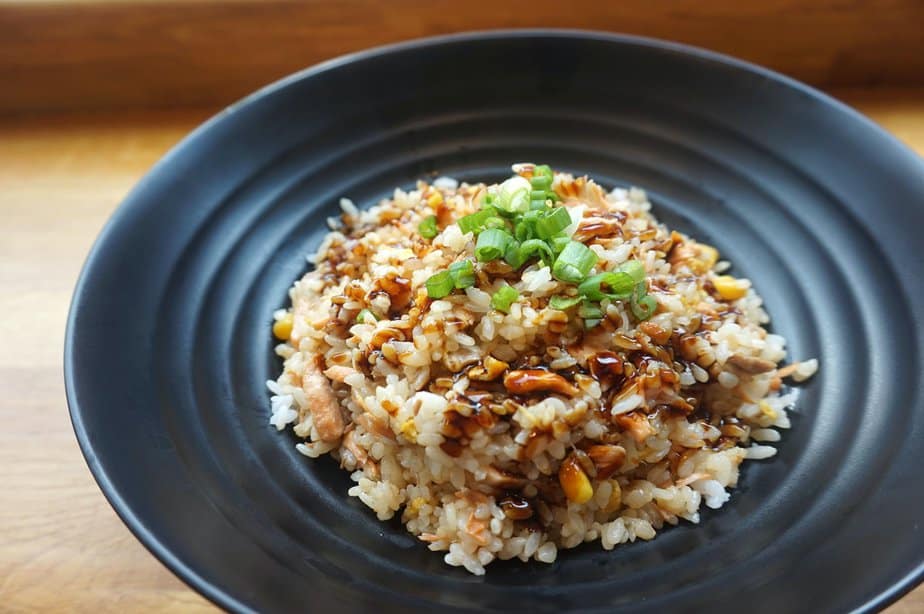A Primer: Are There Truly Hypoallergenic Dogs?
The differences between non-hypoallergenic dogs and hypoallergenic dogs come down to their coat. Hypoallergenic dog hairs help reduce the amount of allergic reactions in humans. Buying a hypoallergenic dog is good idea if you have a family member that is allergic to pet dandruff. Be warned: some people may still experience allergic reactions with hypoallergenic dogs. Non-hypoallergenic dogs tend to shed a lot. Dog fur contains a lot of pet dander. Dander is a collection of skin cells, dust, and other particles found in the air. When a dog sheds, these particles float around in the air and cause people to have an allergic reaction. Some dogs have an undercoat.This undercoat is what causes the dog to shed frequently. It can also trap dander and other allergens.
Hypoallergenic dogs do not salivate as much as other breeds. This helps those who are allergic. This means that when the dog cleans itself, it will not leave as much bacteria behind. Urine from hypoallergenic dogs does not affect as many people either. Saliva contains bacteria that some people are allergic to. While writing this article, I learned that some folks are allergic to dog urine. In that case, fur coat questions can’t help you… Hypoallergenic dogs have shorter coats. Some breeds do not have an undercoat. This means less shedding to trigger allergic reactions. Some breeds don’t even have any hair! Hairless dog breeds are considered hairless even if they have a little fur on their head and paws. It makes them look super funny and adorable IMHO.
Looking for a hypoallergenic dog?

Start looking at the following dog breeds:
- Maltese
- Terriers
- Schnauzer
- Bichon Frisé
- Portuguese Water Dog
- Greyhounds
- Irish Water Spaniel
- Soft Coated Wheaten Terrier
- Bedlington Terrier
There are other breeds, but these are some of the more popular ones. This means that it shouldn’t be too hard to find a trustworthy breeder in your area.
Caring for hypoallergenic dogs

While many hypoallergenic breeds such as Terriers, Schnauzers, and Poodles have short hair, this hair can be coarse. It will continue to grow unless the dogs are properly groomed. These dogs do not shed or shed a lot less. Most of the hypoallergenic breeds have hair that is quite similar to human hair. This means that you need to keep them groomed to prevent matting. You may also need to use special shampoo. Matting can cause skin rashes and other health problems if the dog’s coat is not taken care of.
Caring for Hairless Dogs
If you have a hairless dog, you will have to protect their skin with lotions and skin creams. You should not leave these dogs outside for long periods of time. The can get dehydrated and get sunburns.
Thinking Beyond Allergies

When looking for a hypoallergenic dog, you will have to decide on a breed of dog and also how the dog will fit into your lifestyle. Many hypoallergenic dogs are small or medium breed dogs. This means that they are small sized or medium sized dogs that require more attention than larger breeds. Let’s look at some hypoallergenic dog breeds in more detail!
Irish Water Spaniel
Looking for a hypoallergenic dog on the larger side? The Irish Water Spaniel may be the dog for you. These dogs have very short human-like hair. That will prevent shedding and allergens from entering the air. Grooming needs to be done every 2 months.
Bedlington Terrier
If you live in an apartment or a small home, this dog is perfect. However, these dogs are high maintenance. Bedlington Terriers have short coats that need to be brushed a few times a week to prevent tangling. They need to be groomed every 3 or 4 months in order to maintain a healthy coat.
Greyhounds

Greyhounds have short hair and no undercoat. They are a good choice for those with allergies. Some greyhounds have allergies of their own, however. You will have to monitor the dog once you bring it home to see if it is allergic to anything. Great with children, this dog is a good pet for those who have allergies and who also have a family.
Small Hypoallergenic Dog Breeds
We’re here to hep you find a breed that you will enjoy spending time with. Smaller breeds are not for everyone. Small dogs can require more attention from their owners. They may have health problems as they age. But they are also great for urban life as they need less exercise and can live in apartments. Small dog breeds like the Poodle, Maltese and Bichon Frisé are considered hypoallergenic. They do not shed as much and produce less dander.
Bichon Frise
This breed of hypoallergenic dog has an undercoat but it is very springy and will not hold much dander and hair. These dogs are small and are usually very happy. They need to be groomed in order to maintain their signature ‘marshmallow’ look.
Powder puff Chinese Crested
This canine has a full coat of long, soft hair that does not shed as often. Its hair is long and does not float through the air long enough to trigger a allergic reaction. Both the hairless and the powder puff varieties are considered hypoallergenic. The Powder Puff does not have an undercoat, reducing allergic reactions. Beware of the cold, the lack of undercoat will cause the dog harm in colder temperatures.
The Schnauzer has an easy going personality and doesn’t shed

This breed comes in 3 sizes: miniature, standard and giant. No matter what the size, you will have to keep up regular grooming appointments.
Hairless Breeds of Hypoallergenic Dogs
Hairless dog breeds are getting more and more popular. You can find small and medium sized hairless dog breeds. Let’s look at some of the hairless hypoallergenic dog breeds.
The Mexican Hairless, also known as the Xoloitzcuintle or Xolo
The Mexican Hairless is extremely rare dog breed. Very few breeders are out there in the world. They are almost always completely devoid of hair. I think they resemble dogs seen in Egyptian Hieroglyphics. Some of the Xolos do sport a very thin coat of hair or have various amounts of hair on their heads or bodies. We can’t guarantee that every Xolo will be totally hairless. Bred for over 4000 years in Mesoamerica, the breed isn’t always recognized. They were considered next to extinct prior to the 1950’s.
The American Hairless Terrier: Not Truly Hairless
The American Hairless Terrier has a short coat. This breed is a happy coincidence! Discovered in 1972, they were reproduced back in 1981. True to its Terrier roots, the American Hairless Terrier is a very friendly and outgoing dog. These dogs are great for those who live in small apartments or homes. Bonus point: no need to groom their coats!
The Chinese Crested is an unusual dog
It is available in two distinct varieties: truly hairless or powder puff. The powder puff and has long, fine hair that resembles human hair. Both are considered to be hypoallergenic because these dogs don’t shed too often. The hairless, which is more common than the powder puff, has hair on its paws, head, and tail. Hair may also grow on its chin. The hair is soft and does not shed as often as other breeds. The hairless Chinese crested is prone to sunburn and acne. Other than skin issues, these dogs are very friendly and enjoy being with their owners.
The Peruvian Hairless Is True to its name

This breed is medium in size and is intelligent and friendly to most people. This dog is not for those who have had no prior experience working with dogs. Though they are intelligent and learn quickly, they will not always obey. They can get suburns due to their lack of hair.
Medium Sized and Big Hypoallergenic Dog Breeds
If you have a smaller home, a medium sized hypoallergenic dog might be a good fit. The Spanish Water Dog, the Bouvier des Flandres and the Mexican Hairless are medium sized hypoallergenic breeds.
If big, friendly, shaggy dogs are your thing, the Spanish Water Dog is It!
When socialized properly, the Spanish Water Dog is a great playmate for children. They must be exposed to other dogs and/or children between the ages of 2 to 12 months, otherwise they can become aloof or guarded around them. True to its name, this breed loves swimming. These dogs have natural herding instincts and are excellent guard dogs.
If big, friendly, shaggy dogs are your thing, the Spanish Water Dog is It!
When socialized properly, the Spanish Water Dog is a great playmate for children. They must be exposed to other dogs and/or children between the ages of 2 to 12 months. Otherwise, they can become aloof or guarded around them. True to its name, this breed loves swimming. These dogs have natural herding instincts and are excellent guard dogs.
Soft Coated Wheaten Terrier
This Terrier breed is available in four varieties: Traditional, Heavy, English, and American. The main difference is the size of the dog. The Soft Coated Wheaten Terrier has a short coat that does not shed much. The dogs will need to be groomed often to prevent clumping or rashes on their skin. These dogs should not be kept in an apartment. Having a backyard is a must as this dog loves to run and bark. If you are in need of a hypoallergenic dog that is a little larger than most, this dog is for you!
The Bouvier des Flandres: a hypoallergenic shaggy dog
Traditionally used for hard work such as cattle and sheep herding, pulling carts, and police or guard dog work, these gentle giants are beloved. Their thicker hair makes them great dogs for outdoor work and play in colder climates. They require brushing weekly and visits for a trim every 6 to 8 weeks. This dog can be prone to both voluvus and bloat syndromes because of their deep chests. They can also be very strong-willed and intimidating animals. Proper discipline is a must when owning a Bouvier.
Are There Hypoallergenic Hunting Dogs?
Hypoallergenic hunting dogs include Poodles, Australian Terriers, and Kerry Blue Terriers. Each of these breeds has a short coat that is more like human hair because it is soft and thin. The Poodle comes in a few different varieties that are all hypoallergenic. Poodles have been used a sporting dogs, show dogs, and lap dogs over the centuries. The Poodle is a friendly dog that does not make a lot of noise. They are very active and enjoy getting their exercise. People who want are thinking about buying a Poodle should read our FAQ article.
Poodles
These curly haired dogs do not have an undercoat, and do not shed. While the poodle is a good pet for those with allergies, it will have health problems as it ages. Arthritis, loss of eyesight, and other issues may occur. These are common with smaller purebred dogs.
Terriers have short hair & single coats
That means they do not have an undercoat containing loose fur and dander that trigger allergies. They do not spread allergens around the house like other dog breeds.
The Australian Terrier was once used to catch mice and rats
Today, we talk about them because they don’t shed! You can choose to cut the hair closer to the body if you choose. For those looking for a smaller dog, the Australian Terrier is a good choice. These dogs enjoy the company of people.
The Kerry Blue Terrier, a relative of the Australian Terrier but larger in size
The Kerry Blue Terrier is a larger hypoallergenic dog that has a flat head, predominant chest. Its coat is similar to that of the Poodle or Maltese. The dog gets its name from that fact that its coat will take on a blue sheen once it is an adult. These dogs have a soft and curly coat and don’t shed. They do require grooming to prevent matting. They get their name from the fact that their coat has a blue sheen. Kerry Blue Terriers need daily exercise that can range from long walks to running in the park with other dogs.
